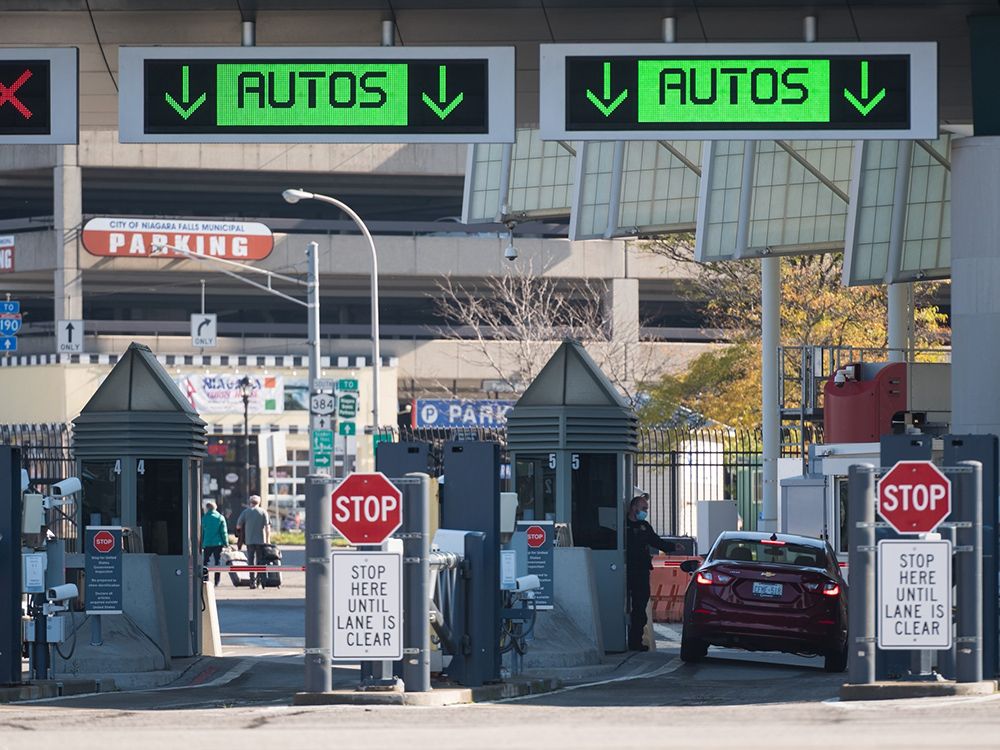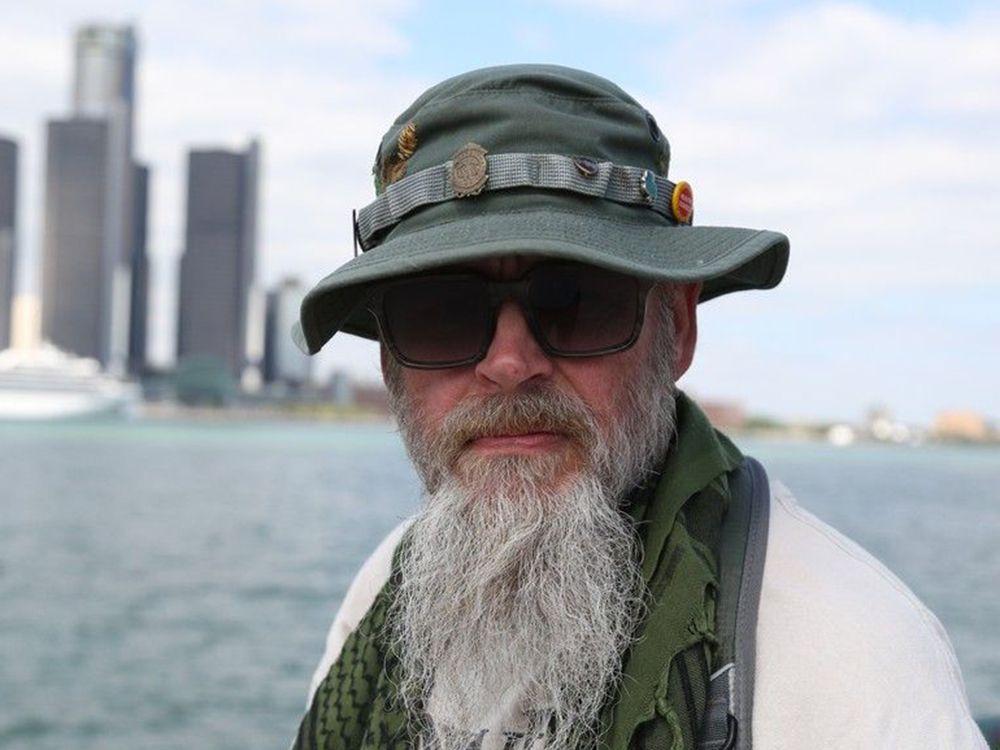
Like the inaugural year of Donald Trump’s first presidency, the number of U.S. citizens trying to flee the country by seeking refugee status in Canada is on the rise.
The Immigration and Refugee Board of Canada (IRB) updated
last week to show that 245 applications have been referred to its refugee protection division (RPD) as of June 30 — 41 more than in 2024.
In fact, the number of U.S. asylum seekers in the first half of 2025 is the most Canada has received in the past five years and could very well surpass the 423 referrals RPD got in 2019.
Following an overhaul to Canada’s refugee system in December 2012, the high-water mark came in 2017, Trump’s first official year in office, when IRB fielded 869 referrals. (Only 226 applications were recorded in the three years before he entered politics.)
Several hundred of the 2017 applications were still pending a decision at year’s end and carried over into 2018 when another 642 were received.
And even after almost half of those were rejected, 964 pending cases at the end of that year carried into 2019, which saw 423 applications.
New claims over the next three years fell to well under 200, but it wasn’t until 2022 that the pending list got below 300, only to climb back to 328 at the end of 2024.
Refugee protection claims referred before the 2012 overhaul
are not published on the IRB’s website.
Even as applications from the U.S. have increased, Americans, as they’ve done historically, make up only a small percentage of the more than 55,000 people referred this year, a fifth of whom were applicants from India. (As of June 30, there are more than 40,000 pending cases from the Asian nation.)
Due to the Canada-U.S. bilateral
Safe Third Country Agreement (SCTA)
, most of the Americans seeking asylum and refugee status have or will be denied.
The treaty, implemented in 2004 and beefed up in 2023, requires asylum seekers arriving at either country’s formal land border or waterways crossing to apply for protection in the first safe country they reach.
“Only countries that respect human rights and offer a high degree of protection to asylum seekers may be designated as safe third countries,” according to
Immigration, Refugees and Citizenship Canada (IRCC).
“To date, the United States is the only designated safe third country.”
Citing privacy concerns related to potentially identifying claimants, IRB doesn’t publish the number of people who were accepted, but the data shows that most are rejected, abandoned, withdrawn, terminated by a Canada Border Services Agency officer or ended for other reasons, such as the person’s death.
In 2023, for instance, of the 157 referrals received, 123 were rejected and another 32 were withdrawn or otherwise ended.
IRB’s data doesn’t specify the nature of the claims, but an individual’s claim must meet certain criteria under the Immigration and Refugee Protection Act to obtain refugee status under the internationally recognized 1951 Convention related to the Status of Refugees.
“Convention refugees are people who have a well-founded fear of persecution because of their race, religion, nationality, political opinion or membership in a particular social group. Membership in a particular social group can include sexual orientation, gender identity, being a woman, and HIV status,” according to IRCC.
“Persons in need of protection must show that if they return to their country of nationality, they will face a danger of torture, a risk to their life or a risk of cruel and unusual treatment or punishment.”
One of the Americans in search of refugee protection is Dan Livers, a 51-year-old from Michigan who recently kayaked across the Detroit River to Ontario, putting ashore in LaSalle, about 12 kilometres south of the Ambassador Bridge in Windsor.

The U.S. Army Veteran told the
that he’d fled the U.S., not because of Trump, but because he feared retaliation for criticizing a Michigan non-profit affiliated with state service dog programs.
“I left the country because I was afraid for my life,” he said. “Nobody wanted to live like that. I wanted to go somewhere that is peaceful.”
Others have left the U.S. due to Trump’s executive orders and policy changes that roll back LGBTQ rights, especially those of people who identify as transgender.
Kaitlyn and Ted Berg of Illinois told
they left the U.S. for a host of reasons, but were particularly concerned with Trump’s position on gender, as one of their children is transgender, while another identifies as gender fluid.
“I want a comfortable life for my kids,” Kaitlyn said. “That’s all I’m asking for, comfortable and safe.”
Our website is the place for the latest breaking news, exclusive scoops, longreads and provocative commentary. Please bookmark nationalpost.com and sign up for our daily newsletter, Posted, here.
